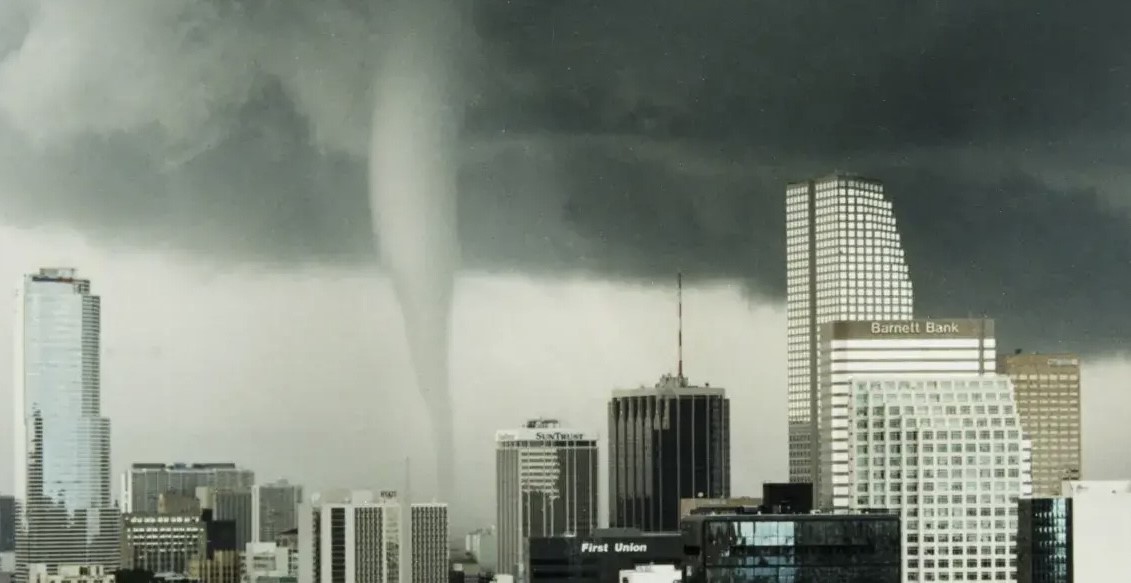In recent days, the United States has been grappling with an unprecedented series of natural disasters, each escalating the challenges faced by communities across the nation. A devastating tornado outbreak that began on Friday night has ravaged parts of the South and Midwest, leaving a trail of destruction and claiming at least 18 lives. The violent storm system also destroyed homes, businesses, and infrastructure, making it one of the most destructive outbreaks in recent memory. As emergency responders work to assess the damage and provide aid, the situation was further complicated by a powerful earthquake that struck a southern state, adding another layer of difficulty to the already overwhelming disaster response.
In addition to the tornadoes and earthquake in the South, the West Coast is experiencing its own seismic concerns. A series of smaller, yet significant earthquakes near Hayward, California, have served as a stark reminder of the region’s vulnerability to larger, more catastrophic quakes. While these tremors did not cause significant immediate damage, they have heightened awareness about the potential risks of a larger seismic event, spurring local governments to review their preparedness plans and infrastructure resilience.
Meanwhile, the situation in Oklahoma has taken a devastating turn, as wildfires fueled by high winds and dry conditions continue to ravage the state. These fires have consumed homes, vehicles, and businesses, forcing thousands of residents to evacuate their homes. The flames have spread quickly, aided by the intense heat and strong winds, creating a tense and uncertain situation for those in the fire’s path. Emergency crews are working around the clock to battle the blazes, but the challenges of managing such widespread fires are proving to be a formidable task.
The overlapping disasters have revealed serious vulnerabilities in the nation’s infrastructure, emergency response systems, and long-term disaster preparedness. In the aftermath of these events, local, state, and federal agencies are working together to coordinate relief efforts, yet the sheer scale of destruction in several states has strained resources and hampered recovery operations. With rescue operations ongoing, it is clear that more extensive planning and resources are needed to cope with such extreme weather events, which seem to be increasing in both frequency and intensity.
The meteorological and geological factors driving these natural disasters are multifaceted. The tornadoes and subsequent wildfires can be linked to severe weather patterns and prolonged periods of drought, while the earthquake in Mississippi highlights the region’s seismic activity. Climate change, with its potential to intensify weather extremes, adds another layer of complexity to the nation’s vulnerability to these types of events.
As communities rebuild and recover from the devastation, the broader implications of these natural disasters will continue to shape discussions on infrastructure, emergency preparedness, and policy planning. With climate change contributing to more frequent and severe natural hazards, the need for proactive measures and investments in resilient infrastructure will be paramount in mitigating the impacts of future disasters. The question now is whether the nation can adapt quickly enough to the changing realities of an increasingly volatile world.
